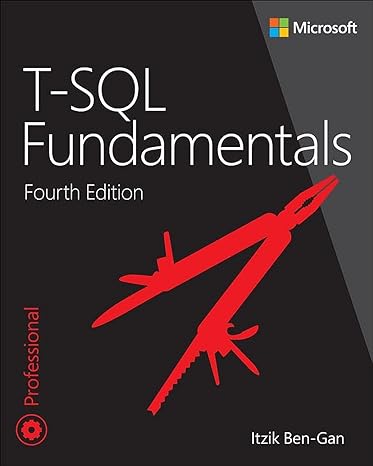Question
PROJECT TOPIC: SIMULATION OF INDUSTRIAL AUTOMATION . PROJECT DESCRIPTION Automation is how we eliminate manufacturing errors, reduce delivery times, keep outlets stocked, and ensure that
PROJECT TOPIC: SIMULATION OF INDUSTRIAL AUTOMATION.
PROJECT DESCRIPTION
Automation is how we eliminate manufacturing errors, reduce delivery times, keep outlets stocked, and ensure that orders placed on the website arrive at their destination just a few hours later. The physical side of automation is familiar to as conveyors, autonomous vehicles, robots, and so on. Even outside of industry, these items are recognized are often employed as icons of contemporary life. This visible face of automation masks the complexity of the system. However, it is the advances made in control systems that have enable the growth in automation we benefit from today. Until recently, advances were evolutionary rather than revolutionary, but now we are faced with a range of opportunities promising a step change made possible by the concurrent emergence of several complementary technologies.
Industrial simulation and emulation are powerful but still underemployed techniques for designing, developing and testing better automations and machines. When use as a central part of a project work flow, they can significantly shorten the project development and commissioning time, reduce overall costs and provide numerical justification for design decisions. The ongoing emergence of many industrial internet of things (IIoT), technologies has enhanced their appeal and effectiveness by creating much excitement about the opportunities offered by digital twins, but also generated some degree of confusion around their application and areas of impact. Work done on improving operational technology through the intelligent use of real-time data to create digital twins currently gets much industry attention, as the ability to diagnose and maintain operating machines using remotely supported technicians equipped with augmented reality systems. However, current technology also offers many important opportunities in the design, analysis, and commissioning phases of an automation project, prior to ramp up and operation. Like quality, the best automation solutions are designed are designed in from start. Computer scientist as well as information technologist use dynamic models to create virtual representations of proposed systems in order to understand, improve, and demonstrate future operations in a repeatable manner.
The creation of a fully operating system model is a demanding discipline in itself, as it requires answers to all the operational questions before the model can be completed and run. The model represents the current state of the project, accessible to all team members, and becomes the trusted reference suggested changes should tested against the core model in order to understand any related consequences and the overall impact the changes might have on operation and throughput. By providing repeatable and robust statistical results, these models help project stakeholders reduce the risk associated with their investments, and therefore increase the likelihood of the implementation of further successful
REQUIRED
By this mini project, students must be able to apply key concepts, principles, and systems relevant to the subject matter of this course.
Due in Week 15
1. Outline the various values of simulation for flexible automated system design by selecting any establishment of your own.
2. Present a simulation model element data (this may require not only product or action-specific cycle time data but also change over times).
3. Identify the technological growth in automation with respect to your chosen establishment.
4. Demonstrate the operation of a proposed semi-automatic assembly machine.
5. Discuss the simulation system software development that you would adopt for this project and justify your choice.
6. Create and simulate all the possible ideas concerning your data.
7. Design and verify some pilot runs to validate the designed model and to determine other needed conditions for simulation runs.
8. Design reports that should be generated from the automation with respect to your chosen establishment.
9. Discuss the testing strategies/techniques that you would use on this project; and provide a table of test criteria and corresponding test data for the testing.
Step by Step Solution
There are 3 Steps involved in it
Step: 1

Get Instant Access to Expert-Tailored Solutions
See step-by-step solutions with expert insights and AI powered tools for academic success
Step: 2

Step: 3

Ace Your Homework with AI
Get the answers you need in no time with our AI-driven, step-by-step assistance
Get Started


